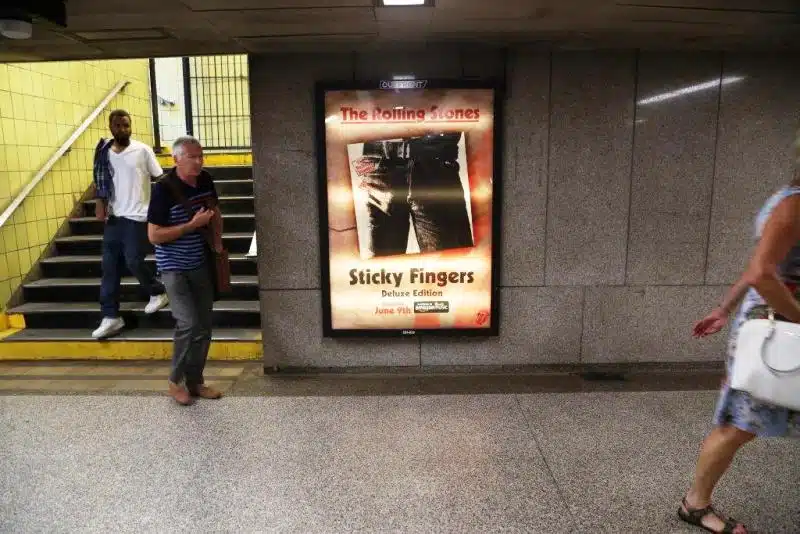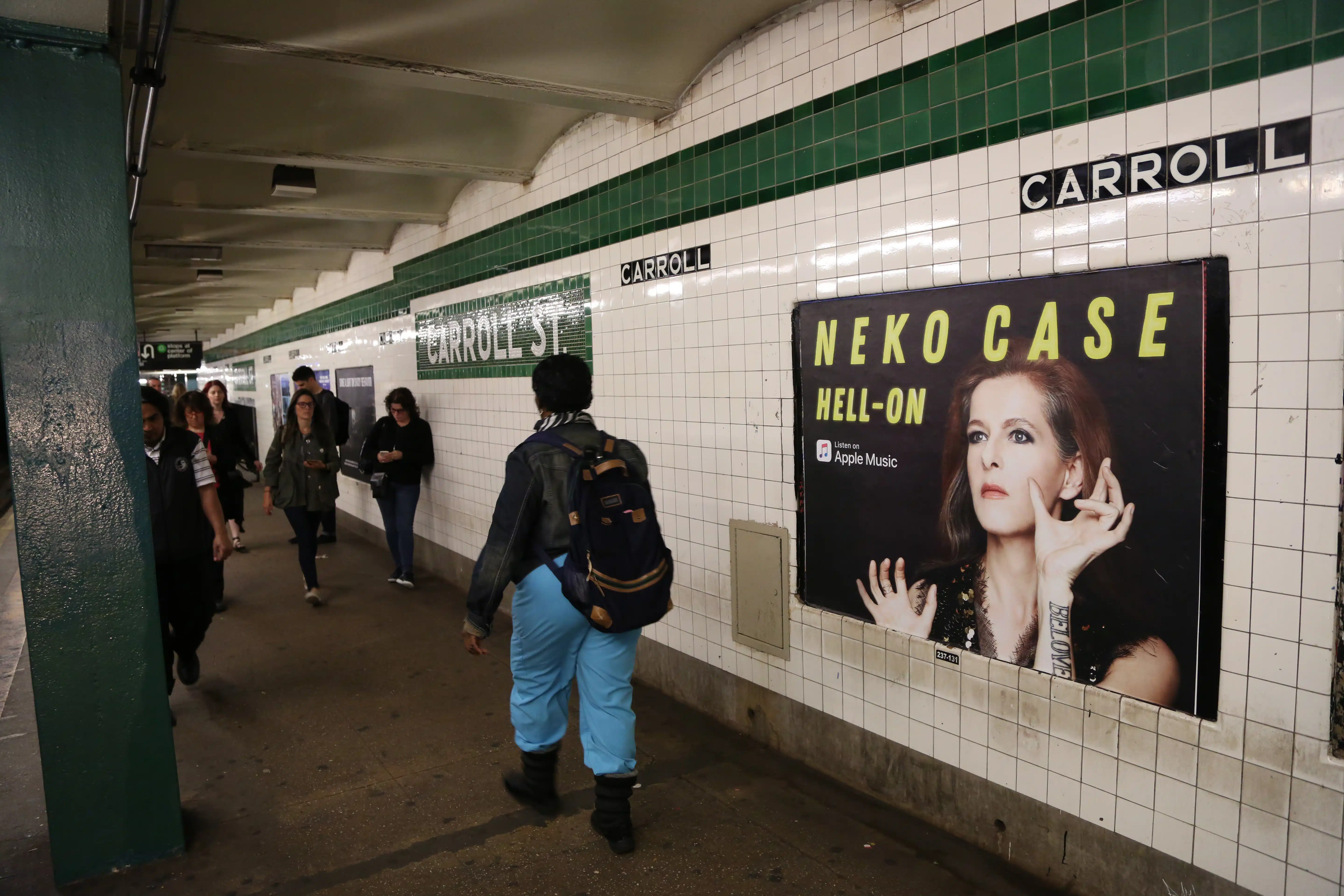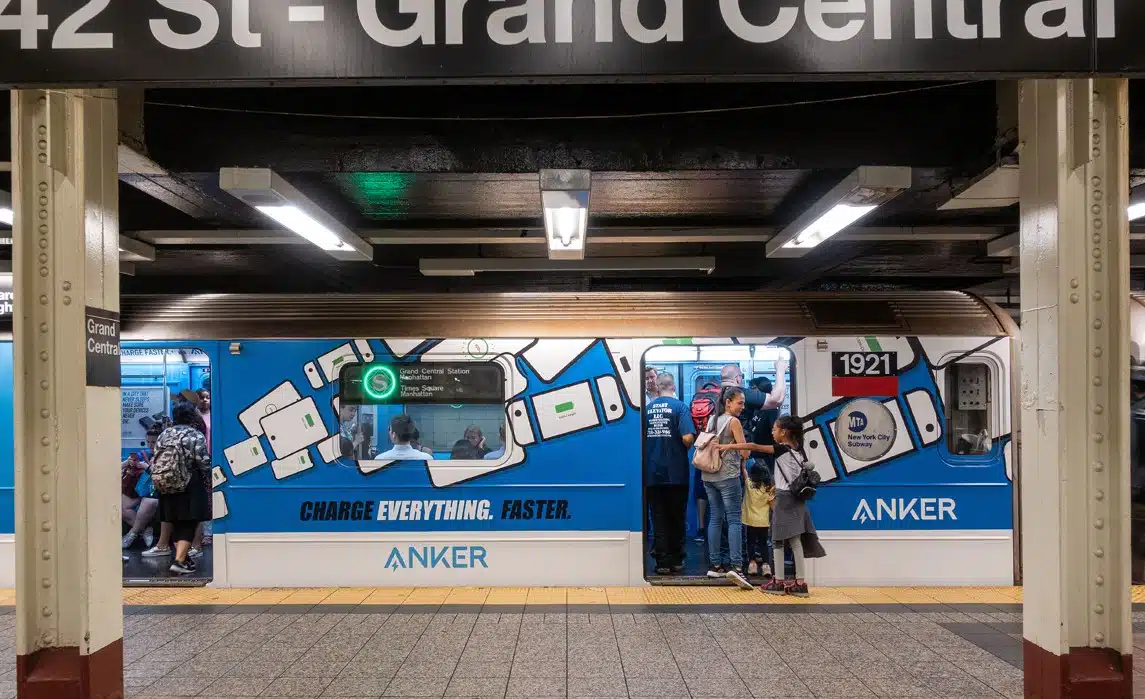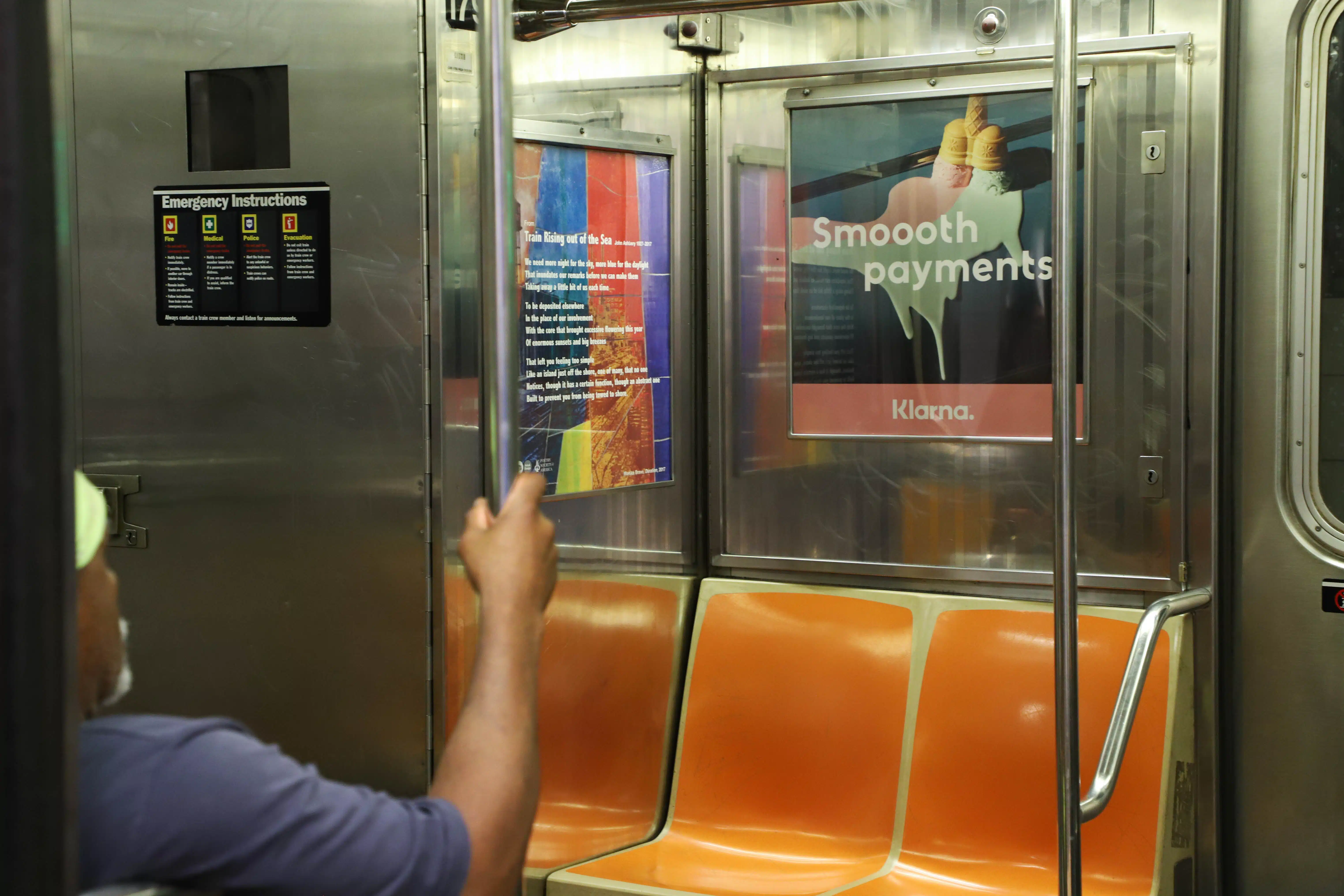Train Rail Advertising ss you’d imagine, COVID-19 was impacted just about every form of transportation advertising over the past 18 months. But the most significant change for train rail advertising hasn’t come from the pandemic. It’s come from technology.
Right now, an increasing number of train rail stations are converting traditional signs into digital ones in New York City. When you walk into subway stations, you will probably notice the digital screens that used to be a two-sheet ad.
Why the switch? Obviously digital and print ads both have advantages, but the attraction of digital for vendors is, of course, a dollars thing. Digital screens can be more cost-effective for vendors. They don’t require anyone to travel to the physical location of the ad and swap it out. In addition to saving on installation costs, the city can run more ads in one place with digital.
Plus, and this is a small incentive but definitely something companies have begun paying attention to, digital ads are greener. You don’t generate the waste of a printed ad, which usually gets thrown away after the campaign unless the advertiser can find another use for it.
Now, keep in mind that the shift is mainly seen in station placements, not on the actual rails and inside the cars. There, print remains the preferred method for many reasons. So many cars would mean many replacements of equipment, which becomes costly.
Advertisers who want to put their message on train rails should keep in mind this shift when looking at their options. This and other important insights can help you make the best decisions. We’ve compiled everything you need to know about train rail advertising to assist with navigating this effective medium.
What Is Train Rail Advertising?
Train rail advertising is a type of transit advertising. It encompasses all forms of ads in a train rail (subway) station, including the interior and exterior of cars, around train platforms or anywhere else in the station.
There are five main kinds of advertisements:
- Backlit dioramas: Located on train platforms, these are standalone ads that usually display creative on each side. They are digital and can’t be moved.

Subway Station Backlit Diorama - 2-sheet: Plastered on walls, these are print ads that people walk past in the station as they go to the platform.

Subway Station 2-Sheet - Exterior: Wrapped on the outside of the car, these are ads everyone can see as the train pulls into the platform.

Subway Exterior Placement - Interior car cards: In horizontal or vertical options, these are fixed to the interior of the train, allowing people to view them as they travel to their destinations.

Subway Interior Cards - Urban panel: Placed outside or at the entrance to the station, these can be seen from far away and can be digital.

New York Urban Panel
Another option for train rail advertising is station domination, occuring when a single advertiser buys up all these different types of ads, giving them a takeover of the station. Domination is impossible to avoid. No matter where you look, you see an ad.
Why Choose Train Rail Advertising?
There are several advantages to rail advertising. It has a good price point, it offers excellent targeting abilities, and many advertisers can access it.
Low Price Point for Train Rail Advertising
Because you have so many different options for train rail ads, you can stitch together a campaign to fit into any budget. Pick and choose what works for you and skip the things that don’t. Think of it as an a la carte buffet.
Outstanding Targeting for Train Rail Advertising
You can target based on a variety of criteria, such as location of the station or demographics of riders. Rail train advertising allows you to undertake a campaign focused on reach and frequency, which allows for better targeting.
Train Rail Advertising Is Easily Accessible to Advertisers
Train rail generally has available inventory and is not difficult to purchase. An agency can help you determine the best way to spend your dollars, but when you select a digital option, you don’t have to pay for production of the creative, either.
Train Rail Advertising Costs
Train rail advertising pricing is reasonable compared to other forms of advertising.
Ridership of train rails, like just about every form of transportation during the COVID-19 pandemic, leveled off for a spell, though it has been coming back. Prices went down a bit for advertising, too.
A package generally costs about $10,000, which will get you up to 22 2-sheets. Many advertisers will spend another $10K to get, say, 40 digital boards within a station or interior or exterior advertising. You can also buy 500 interior boards for about $20,000.
Separately, you will also pay for creation of the creative if you don’t use digital. That could run $1,000 or more, depending on what you buy. The length for all buys is four weeks, just like a standard billboard buy.
Should You Consider Domination?
Station domination isn’t as popular as it once was, when it was a fresh, exciting idea. It’s been done many times now, so while the appeal still remains, it’s not the anomaly it once was. It is the most expensive type of train rail advertising, too. Station domination in New York City costs about $150,000 to $200,000, which can eat up an advertiser’s entire budget for their campaign.
But you also enjoy benefits you won’t find with other forms of train rail advertising. People post on social media about campaigns like this, giving it a second life online and exposing the message to people miles from the station. And it can be a great way to show where you stand in your field with a dominating effort.
As ridership continues to come back post-pandemic, train rail advertising will experience a boom in demand, so it makes sense to get in before the price shoots up. A train rail campaign can be cost-effective as well as fun. People enjoy looking at ads on subways, which gives them something to think about on their commute. Yours could be the ad that really engages or excites them. Contact us to learn more about train rail advertising opportunities.

